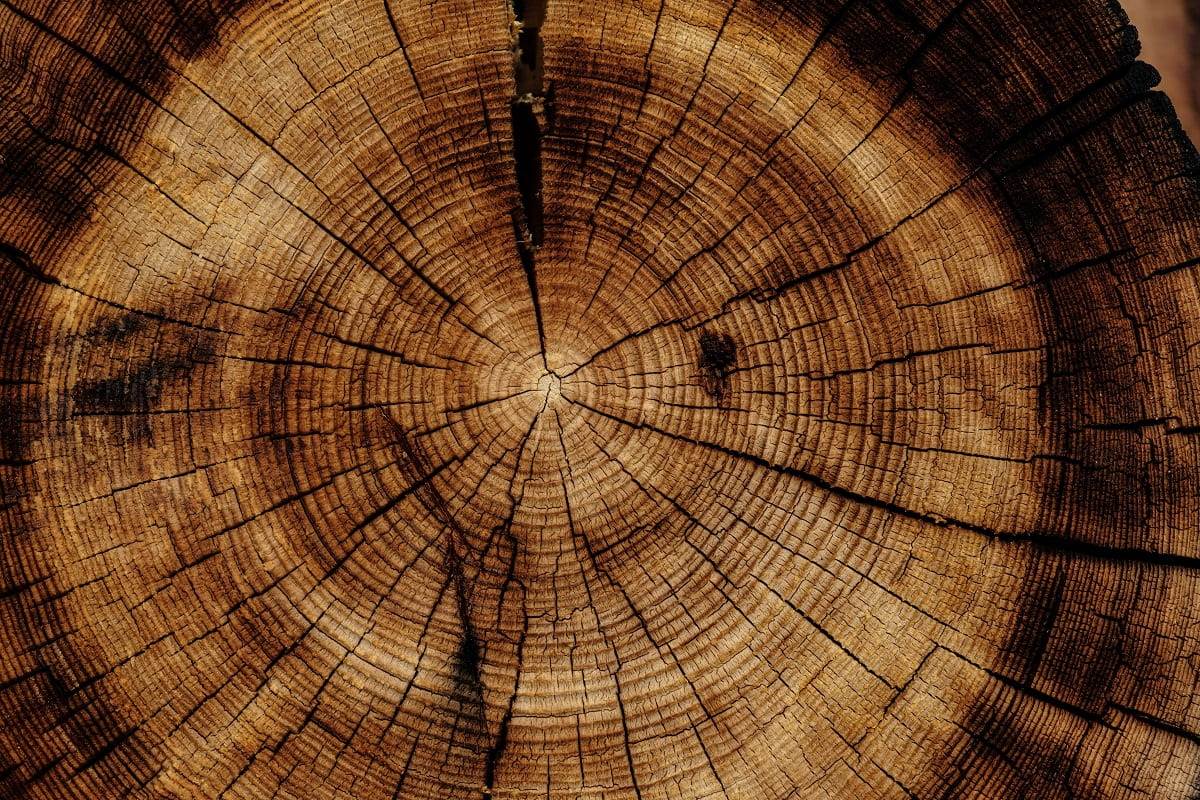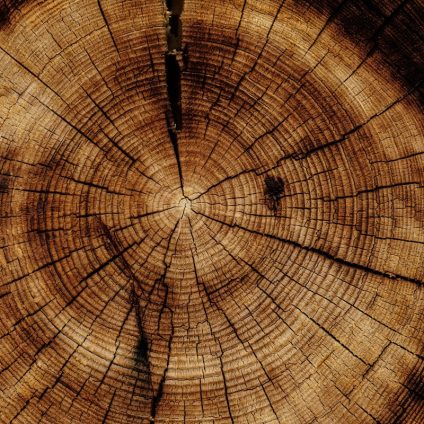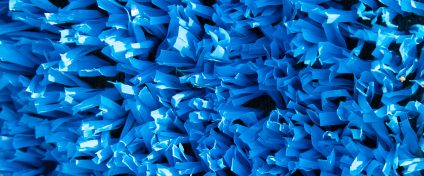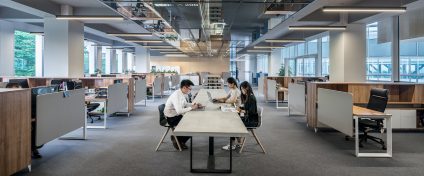A team from Florida Atlantic University developed a reinforced wood using nanoferrite. Stronger but lightweight, it could rival steel and concrete in construction.

A low-cost process to strengthen wood without adding weight
Each year, more than 181.5 billion tons of wood are used globally. While it is a noble and sustainable material, further improvements could reduce the need for tree harvesting. Researchers at Florida Atlantic University’s College of Engineering and Computer Science have developed a new form of reinforced wood by integrating nanocrystalline ferrihydrite into red oak through a simple, low-cost process. The strengthening occurred at the cellular level without increasing the weight or compromising the wood’s flexibility, offering a durable and eco-friendly alternative that could even replace steel and concrete in some applications.
Stronger and tougher, like steel
A key component in this innovation is lignocellulose, a compound found in wood and many plants. It can be easily extracted and chemically modified to enhance its properties. The research team aimed to determine whether introducing ultra-hard minerals at the nanoscale could reinforce wood cell walls without making the material heavier, more expensive, or environmentally harmful. Until now, only a handful of studies have evaluated treated wood across different scales, and none had succeeded in strengthening entire pieces by incorporating inorganic minerals directly into the cell walls.
A common mineral found in nature
The team focused on hardwood species such as oak, maple, cherry, and walnut. These trees feature large, ring-shaped vessels in the wood that transport water from roots to leaves. For this study, researchers used red oak, a widespread North American hardwood, and infused it with an iron-based compound through a straightforward chemical reaction. By mixing ferric nitrate with potassium hydroxide, they created ferrihydrite, an iron oxide mineral commonly found in soil and water.
Strength without weight or stiffness loss
This addition made the internal structure of the reinforced wood significantly stronger, yet its bending and breaking behavior remained almost unchanged. The findings suggest that, with the right chemical treatment, wood and other plant-based materials can be made more durable without increasing their weight or harming the environment. Such bio-based materials may one day replace traditional construction materials like steel and concrete in applications such as high-rise buildings, bridges, furniture, and flooring.
Reinforced wood, the innovative method
To validate the results, researchers used advanced tools like atomic force microscopy (AFM) to analyze the wood at a microscopic scale, measuring properties like stiffness and elasticity. Specifically, they employed a technique called AM-FM, where the AFM tip vibrates at two different frequencies. One frequency produces detailed surface images, while the other assesses the material’s elasticity and adhesiveness. This allowed researchers to precisely observe how the wood’s cell walls were altered after mineral treatment. Standard mechanical tests were also conducted, including bending untreated and treated wood samples to evaluate their overall strength and fracture behavior under stress.
“By reinforcing natural wood through low-cost, eco-friendly methods, our researchers are laying the foundation for a new generation of bio-based materials that could replace traditional materials like steel and concrete in structural applications,” said Stella Batalama, dean of the college where the study was conducted. She added, “The impact of this work extends far beyond engineering. It supports global efforts to reduce carbon emissions, minimize waste, and embrace sustainable, nature-inspired solutions for everything from buildings to large-scale infrastructure.”













